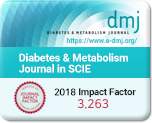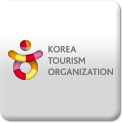| Information of Tourist Attraction |
 |
- Jogyesa Buddhist Temple
- Jogyesa Buddhist Temple is the center of Zen Buddhism in Korea, and is famous for being located in the city. From the busy streets of Jongno, follow the road towards Anguk Subway Station, and you will see Jogyesa Temple. The first things you will notice at the temple are the lovely trees. These locust trees and baeksong trees in front of the Daeungjeon, the main temple building, are about 500 years old.
|
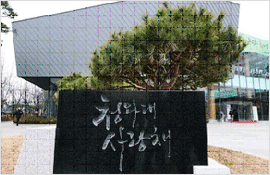 |
- Cheongwadae Sarangchae
- The newly opened Cheongwadae Sarangchae, which opened to the public on January 5th, 2010, is a history center that gives visitors a chance to follow in the footsteps of presidents of Korea and gain insight into the history of Seoul. It encompasses the past, present and even the future of Seoul as well as the entire nation. It serves as a tourist information center that offers detailed information on World Cultural Heritage sites and assets.
|
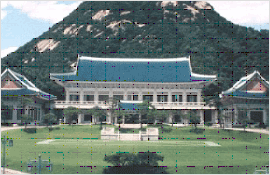 |
- Presidential Blue House
- The symbol of Cheongwadae (known to westerners as the Blue House or the presidential residence), is the blue tiles. The first thing that catches your eyes when you arrive at Cheongwadae is the blue tiles of the main building. The blue tiles and the smooth roof are in beautiful harmony with Mt. Bugaksan behind it. As the Blue House represents Korea, the blue tiles and the smooth curve of the roof represents the beauty of Korea.
|
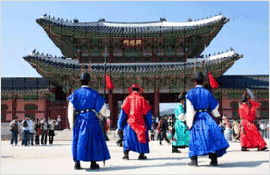 |
- Changing of the Guard Ceremony
- Every day visitors to Gyeongbok palace can watch a reenactment of the “Changing of the Royal Guards” ceremony, which takes place at the Gwanghwamun and Heungnyemun plazas. The royal guards of the Joseon Dynasty (1392~1910) were in charge of protecting the gates of the capital city and the royal palace.
|
 |
- Gyeongbok Palace
- Built in 1395, Gyeongbok Palace is also commonly referred to as the “Northern Palace” because it is located more toward the north, compared to the neighboring palaces of Changdeok (Eastern Palace) and Gyeonghee (Western Palace). Gyeongbok Palace is arguably the most beautiful and remains the grandest of all the five palaces.
|
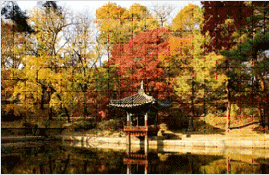 |
- Changdeok Palace
- Changdeok Palace is the second royal villa built after Gyeongbok Palace in 1405. Changdeok was the principal palace for many of the Joseon kings, and is the best preserved among the five remaining royal Joseon palaces. The rear garden that was used as a place of rest by the kings boasts a gigantic tree that is over 300 years old, a small pond, and a pavilion. The palace grounds are comprised of a public palace area, a royal family residence building, and the rear garden.
|
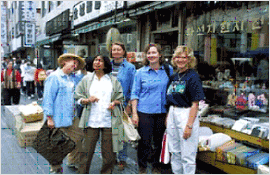 |
- Insadong Arts & Crafts Market
- Insadong has been at the heart of nation's capital for 600 years and it has been the center of culture during the Chosun Dynasty (1392-1910). This is where the Ministry of Art was once situated. Insadong usually refers to the area from Anguk-dong Rotary to Tapgol Park in Jongro 2(i)-ga, past the Insadong Intersection. The notable features of Insadong are the countless alleys that branching out from the main street. Insadong has become known as 'Merry's Area,' a favorite shopping spot among foreigners.
|
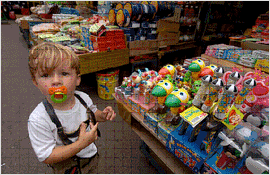 |
- Namdaemun Traditional Market
- Opened in 1964, Namdaemun Market is the first largest traditional market in Korea with various goods in store such as children's, men's and women's wear. The displayed goods are sold at a reasonable price and it also functions as a wholesale market. Most of the goods are produced directly from shopkeepers. Namdaemun Market is opened from 11:00 pm and at 3:00 am; it is crowded with retailers from all over the country. At daybreak, the site of busy Koreans creates a unique scene in the market where it is becoming a worldwide tourist attraction.
|











